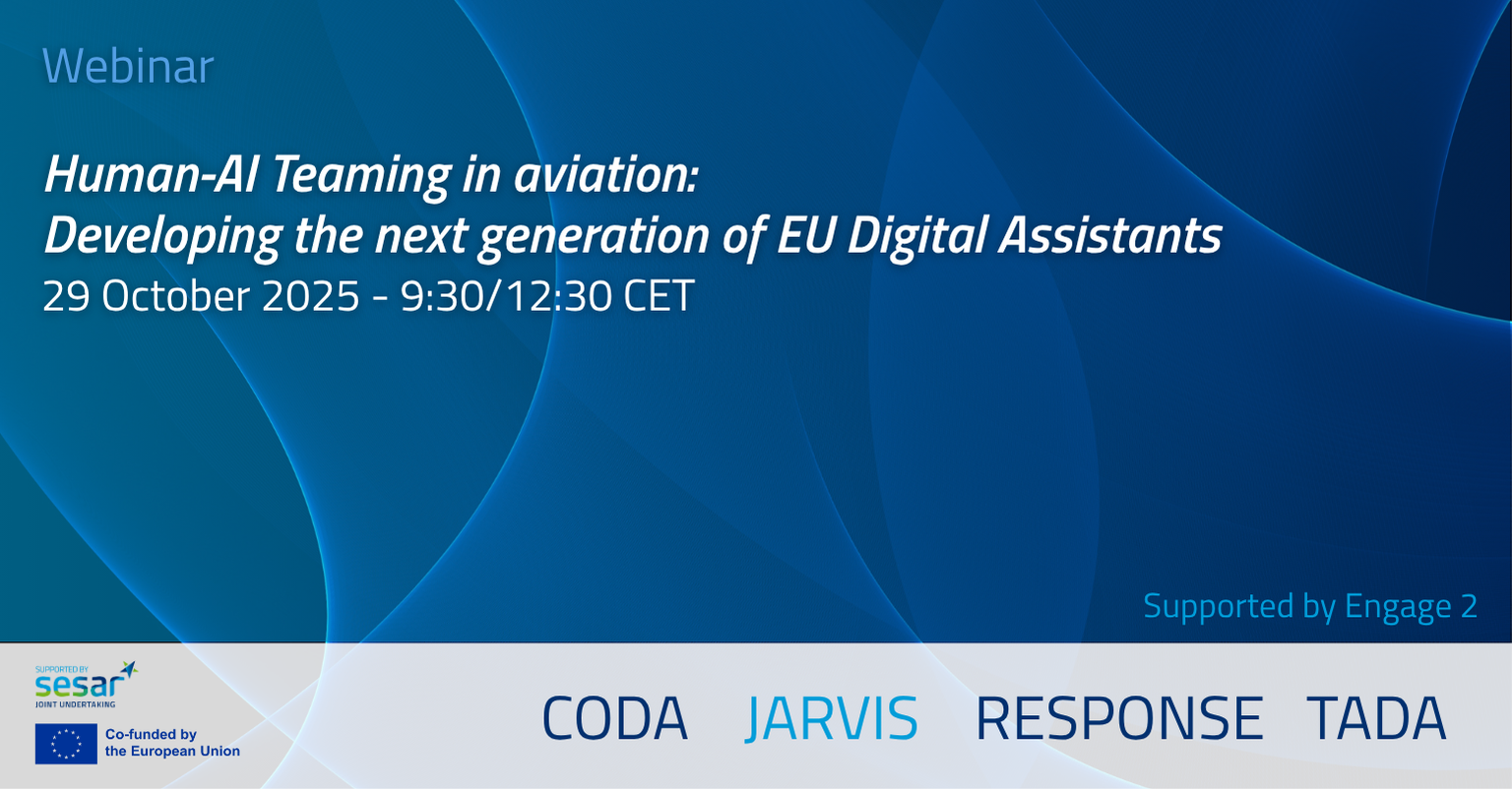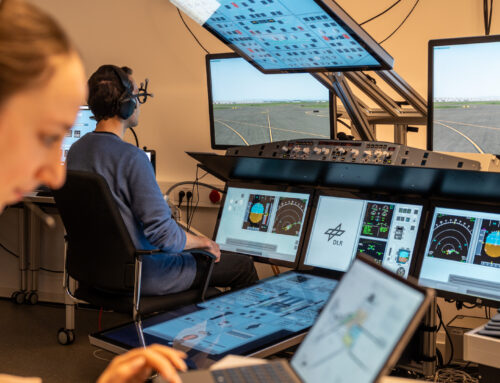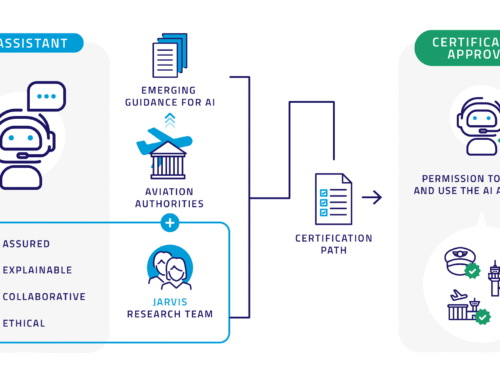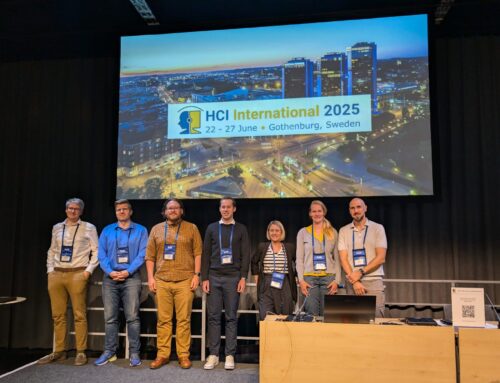How can we build smarter skies by empowering aviation professionals teaming with Artificial Intelligence? Which types of digital assistants are being considered for different types of operations and roles?
The aviation industry is entering a transformative era, one where humans and artificial intelligence work hand in hand to create smarter, safer, and more efficient skies. As AI technologies mature, they are increasingly becoming trusted teammates, supporting aviation professionals in decision-making, coordination, and complex operations.
To explore this exciting frontier, Deep Blue, with the support of Engage 2 and the SESAR Joint Undertaking initiatives CODA, JARVIS, RESPONSE, and TADA — invites aviation professionals, researchers, and innovators to join an interactive webinar dedicated to the future of human–AI collaboration.
The event, titled “Human–AI Teaming in Aviation: Developing the Next Generation of EU Digital Assistants”, will take place online on 29 October 2025, from 09:30 to 12:30 CET.
Building Smarter Skies Together
Bringing together leading European projects, the webinar will showcase how digital assistants are being designed, validated, and integrated to support air traffic controllers, pilots, and other aviation professionals. Participants will gain first-hand insights in different Human–AI teaming approaches, exploring ongoing research within SESAR, and discuss new pathways toward building a more connected and intelligent Digital European Sky.
This event is more than a webinar – it’s an opportunity to witness how collaboration between humans and AI can redefine the way we manage and experience aviation.
Join us to explore new pathways for innovation and discover how the next generation of EU Digital Assistants is being built.

About the projects:
JARVIS (Just a Rather Very Intelligent System) is validating three AI-based ATM solutions, in the form of digital assistants, with the scope of enhancing safety through different levels of automation, without compromising security in complex scenarios. The solutions are being integrated to implement the Human-AI teaming through an airborne digital assistant to support crew and single pilot operations; an air traffic control digital assistant to support more efficient tower operations; and an airport digital assistant, that will increase the level of automation in airports, enhancing safety and security.
CODA (Controller Adaptive Digital Assistant) developed a hybrid human–AI teaming system for air traffic control. The project integrates AI-driven automation with human controllers to anticipate workload peaks, reduce out-of-the-loop risks, and enhance situational awareness. The CODA system continuously assesses the controller’s cognitive state, predicts forthcoming tasks and their complexity, and forecasts mental demands. Based on this information, it dynamically reallocates tasks between the controller and digital assistants, ensuring balanced workload, safer operations, and more effective collaboration between humans and AI in complex air traffic environments.
TADA (Terminal Airspace Digital Assistant) is exploring how Artificial Intelligence can transform Air Traffic Management in busy Terminal Manoeuvring Areas. By combining Machine Learning, big data, and explainable AI, TADA is developing a Digital Assistant to support Air Traffic Control Officers, reduce their workload, and enhance safety, operational capacity, and sustainability. The project also investigates innovative Human-AI teaming patterns, new Human-Machine Interfaces, and validates solutions through Human-in-the-Loop testing. TADA’s research is instrumental not only for the development of its Digital Assistant, but also for innovation towards a smarter, more efficient, and adaptive air traffic management in Europe.
RESPONSE (REduced or Single Pilot Operation iNcapacitation Safety Enhancement) will support pilots’ incapacitation transition monitoring and deliver an air-to-ground integration Single Pilot Operations (SiPO) Concept of Operations (CONOPS) to enhance safe return-to-land procedures. This includes introducing the role of air-to-ground digital assistants to minimize the changes required when transitioning from dual-pilot operations to SiPO, including dealing with pilot incapacitation scenarios in the flight deck. The project will deliver improved physiological assessment methods to detect pilot incapacitation early on, in order to prevent degradation of human performance. The implementation of this technology will also impact ATC operators’ tasks, leveraging human-AI teaming to reduce overall workload and enhance safety.
Engage 2 is designed to train, inspire and equip the next generation of the aviation workforce for the digital era. It promotes knowledge exchange, supports innovative research, and strengthens collaboration between academia, industry, and policymakers through tools like the Engage Wiki, dedicated funding schemes and networking opportunities. The project also acts as a bridge, linking PhD students, Catalyst Fund initiatives, and SESAR projects to accelerate the path from research to application. By fostering innovation and anticipating future skills needs, Engage 2 helps shape a holistic vision of ATM while directly supporting the objectives of the SESAR Joint Undertaking.





